 Aluminum Forged Products for Aerospace Applications
Aluminum Forged Products for Aerospace Applications
Used in Spacecraft and Aircraft Parts, from Small to Large
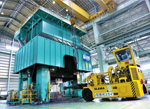
Our forged parts for spacecraft and aircraft benefit from our long years of aircraft technology development. Our sophisticated technologies and leading-edge R&D capabilities support our global leadership, backed by some of the largest and most advanced production facilities available, in technological innovation in the aerospace field.
Features
- 15,000-ton forging press handles items weighing up to 6,000 kg.
- Precision forging (gradient of 0° on the exterior wall) minimizes the amount of machining required after forging.
- Our fully-integrated manufacturing system—from ingots to forging, heat treatment, finish processing and testing—enables us to meet the high quality standards needed on aircraft materials.
Applications
- Aircraft, rockets and other segments of the aerospace field
Examples of large forging
Large aluminum alloy forging are desired for their light weight, strength and high reliability. High-temperature, high-pressure forging is used to produce frames for aircraft fuselages and rings for rocket walls.

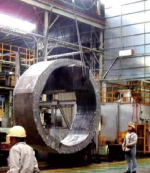
Examples of precision forging
Precision forged wing components: 7075-T73
To minimize machining, precision forging is used, having a minimum gradient (0° on exterior wall) and thin walls (2–4 mm).
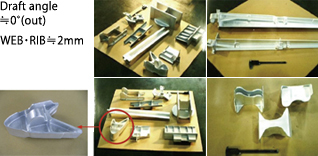
Fabrication Ranges
Fabrication ranges of aircraft forging
| Forging methods | Type | Maximum dimensions mm (inch) | |
|---|---|---|---|
| Mold forging | Standard forgings | Width | 950 (37) <diameter: 1500 (59)> |
| Length | 4000 (157) <project area, plan view: 9000 cm2 (1395 in2)> |
||
| Blocker type | Length | 4000 (157) <project area, plan view: 1500 cm2 (232.5 in2)> |
|
| Precision forgings | Width | 600 (24) | |
| Length | 3000 (118) project area, plan view: 3600 cm2 (558 in2) |
||
| Wall thickness | Minimum 1.4 mm (0.06) | ||
| Rearward extrusion forging | Diameter | 1000 (39) | |
| Length | 1500 (59) | ||
| Seamless forging | Diameter or width | 800 (31) | |
| Free forging | Square materials | Width | 3500 (138) |
| Length | 11000 (433) | ||
| Rods | Diameter | 1500 (59) | |
| Length | 11000 (433) | ||
| Circular plate | Diameter | 4000 (157) | |
| Rings | Diameter | 4000 (157) | |
| Cylinders | Diameter | 2500 (98) | |
| Length | 5000 (197) | ||
Product Characteristics
Comparison of characteristics with typical wrought aluminum
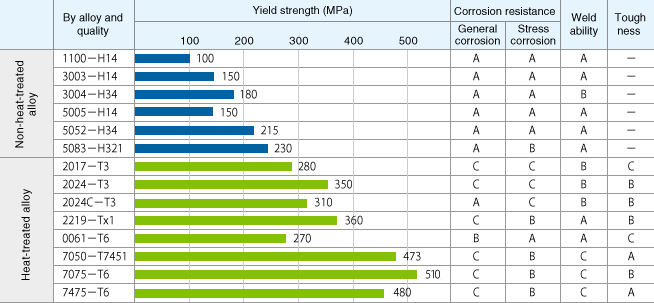
Production Facilities
15,000-ton forging press
Our forging press is one of Japan’s largest, at 15,000 tons.
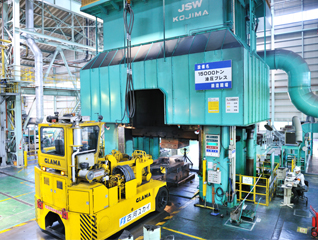
Facility specification
| Height | It stands approximately 13 m above ground and occupies 8 m below ground. |
|---|---|
| Width | 8.5 m |
| Gate width | 4.5 m |
| Pressure | 2,000–15,000 tons (147MN) |
| Open height | 3,300 mm |
| Stroke | 2,500 mm |
| Table size | 4 m x 3 m |
| Pressurization speed | 1–21 mm/s (During pressurization at 15,000 tons) 1–63 mm/s (During pressurization at 5,000 tons) |
| Number of cylinders | 3 |

